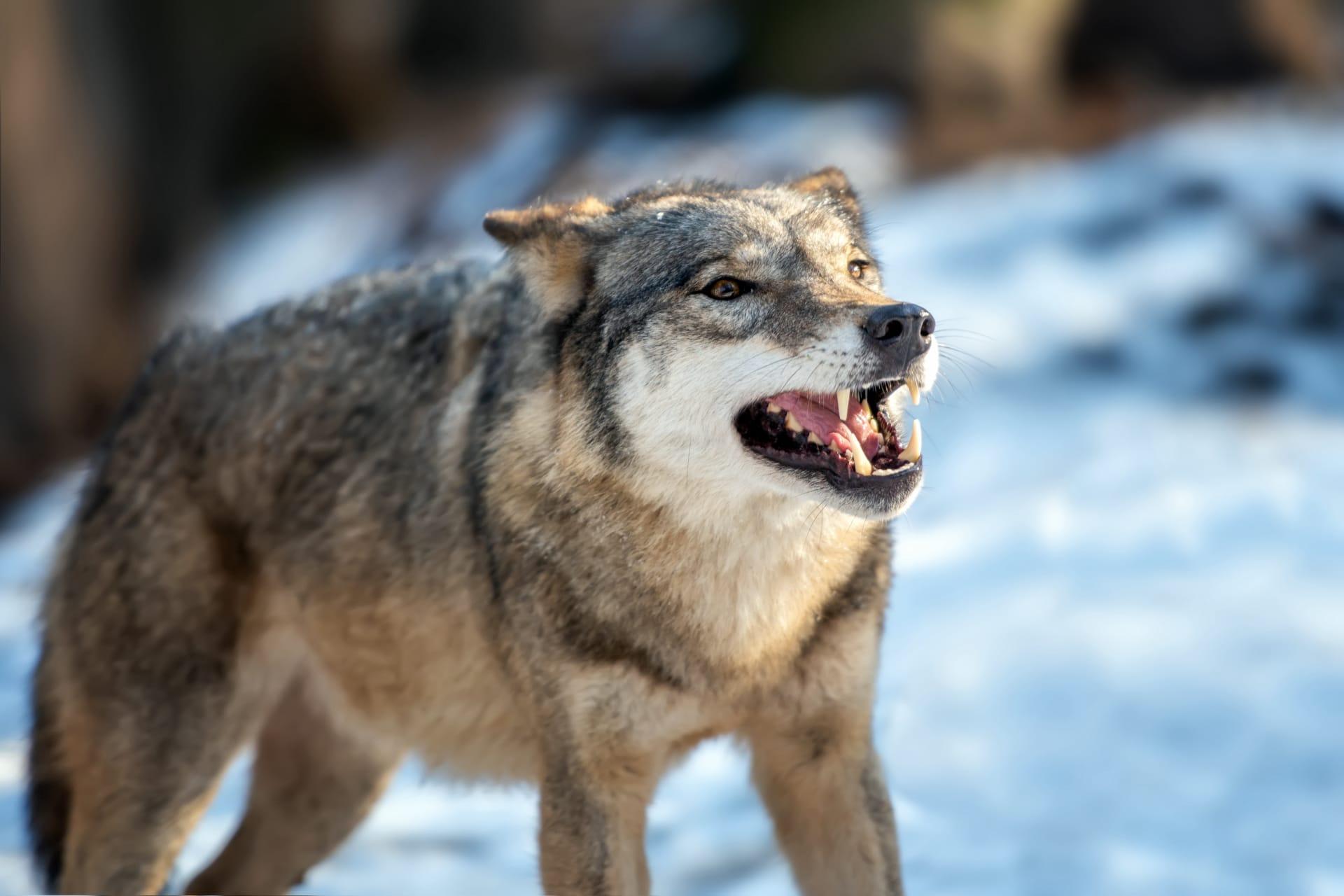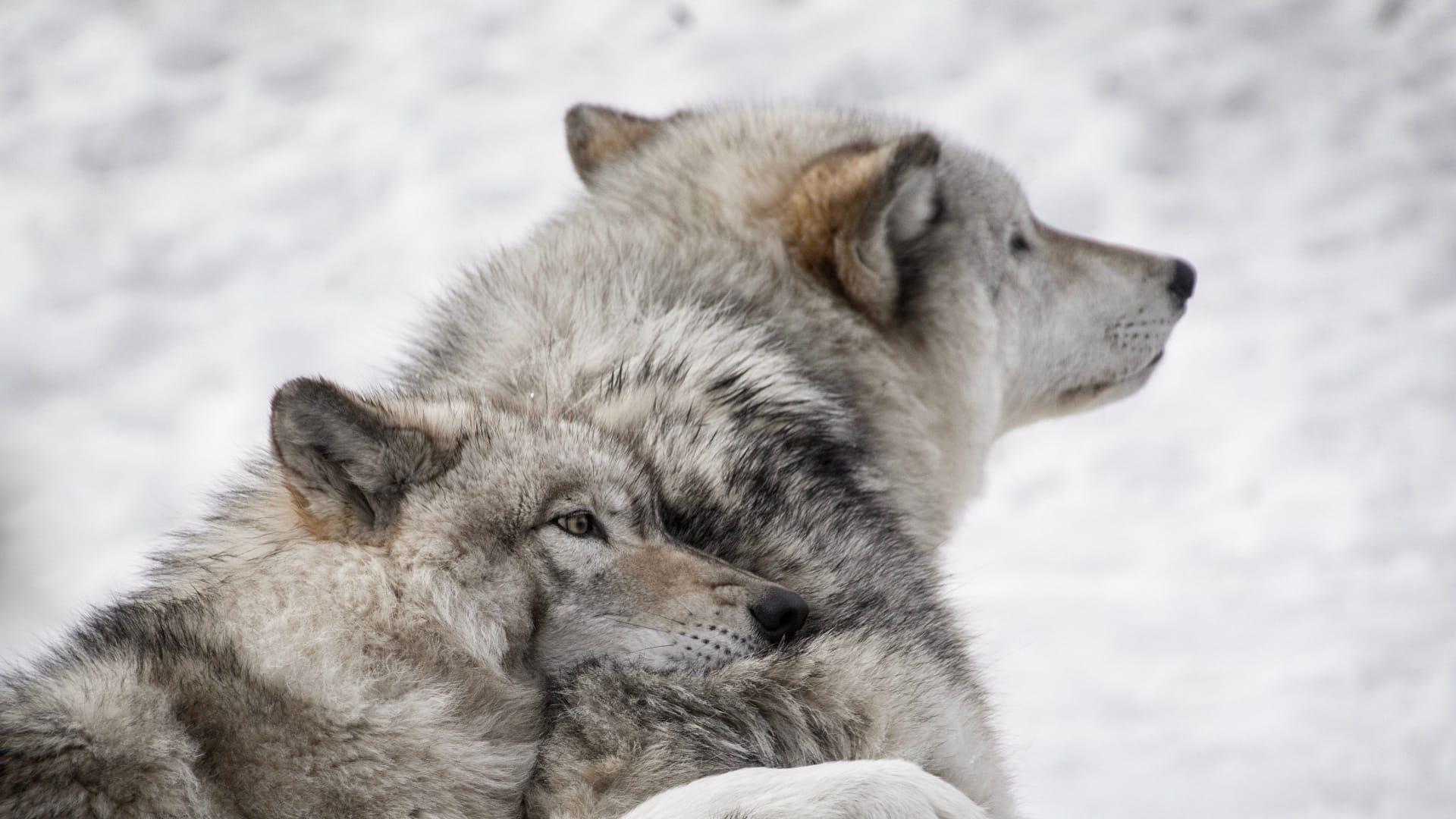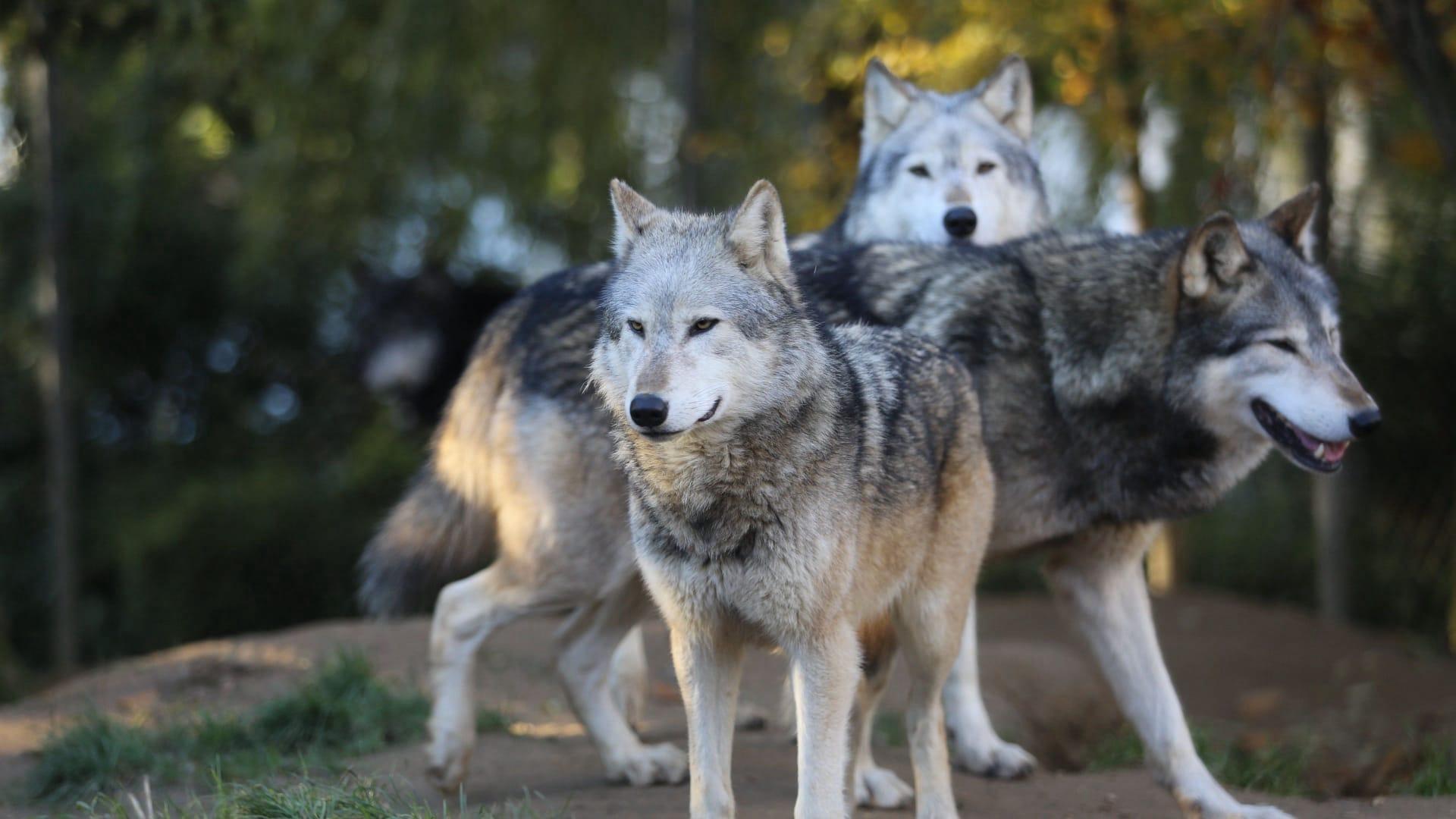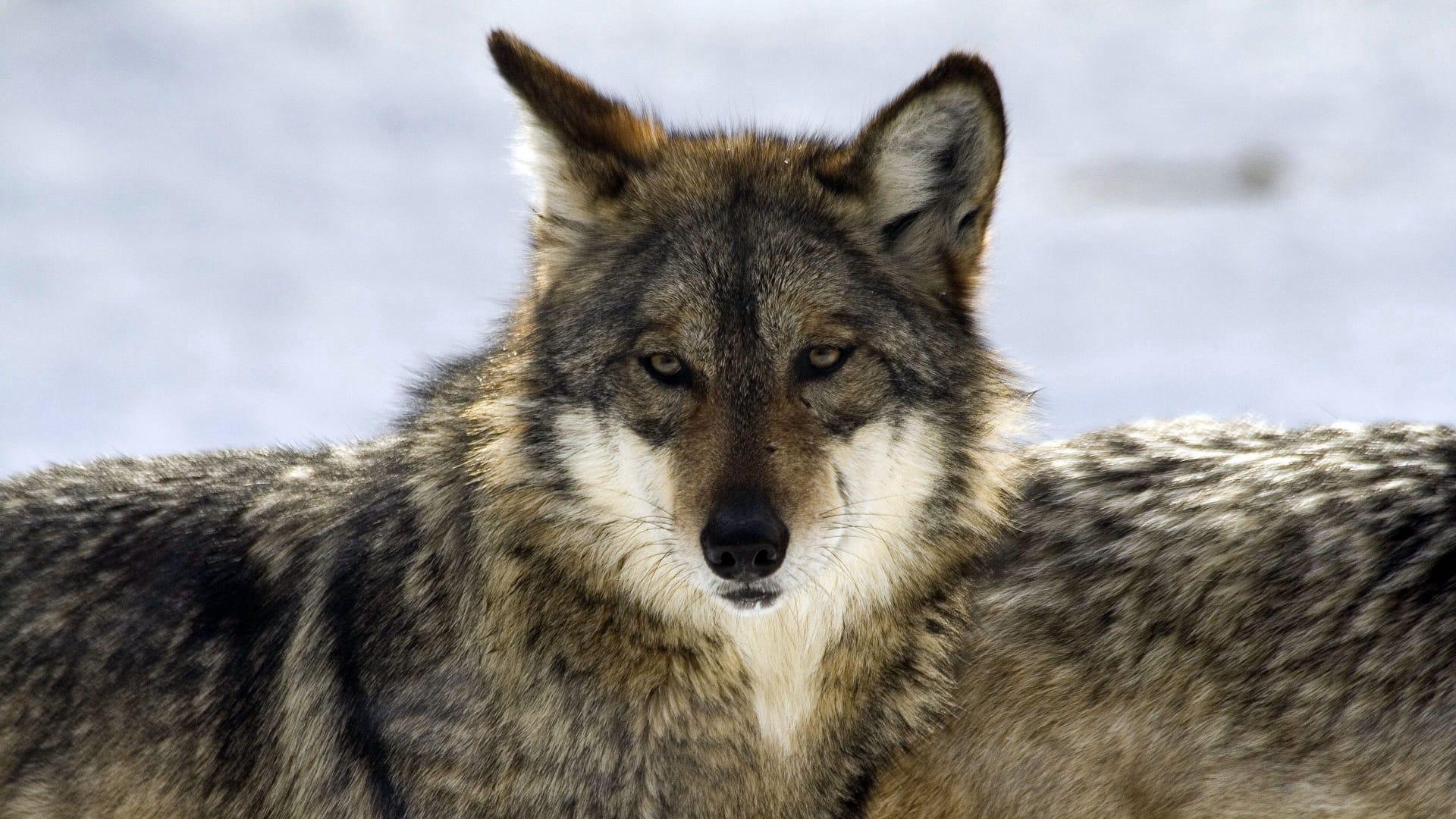1
Grey wolves, known scientifically as Canis lupus, are the largest members of the canine family. A fully grown grey wolf can weigh between 75 to 130 pounds (34 to 59 kilograms), with males generally being larger than females. This impressive weight is complemented by their size, as they can measure up to 6.5 feet (198 cm) from nose to tail tip. The size of these wolves not only makes them formidable predators but also enables them to traverse large distances, up to 12 miles (19 kilometers) per day, while hunting or exploring their territory.
One of the most captivating aspects of grey wolves is their complex social structure, often described as a wolf pack. A typical pack consists of 6 to 8 individuals, including a dominant male and female, known as the alpha pair. These packs function with a strict hierarchy that maintains order and cohesion. The alpha pair leads in hunting and making decisions for the group. What's fascinating is the communication system within the pack, which involves a combination of vocalizations like howling, body language, and scent marking. This intricate social system demonstrates not only the intelligence of these animals but also their cooperative nature, which is essential for survival in the wild.

2
The hunting strategies of grey wolves are a testament to their intelligence and adaptability. Wolves are known for their stamina and can chase prey for miles. They primarily hunt large ungulates (hoofed mammals) like deer, moose, and elk. A pack strategically surrounds their prey, cutting off escape routes, and targets the most vulnerable individual, usually the young, old, or sick. This method of hunting not only showcases their strategic planning but also plays a crucial role in maintaining the ecological balance by naturally culling weaker animals from the herd.
Grey wolves have a remarkable sense of smell, which is about 100 times greater than that of humans. This extraordinary olfactory ability enables them to detect prey, other pack members, and territorial markers from great distances. Their noses are equipped with around 300 million olfactory receptors (humans have about 6 million), allowing them to pick up the faintest scents. This sense is so refined that they can even distinguish the age and gender of other animals or detect a scent trail several days old. This keen sense of smell is a critical survival tool in the vast and varied landscapes they inhabit.

3
Grey wolves have a diverse vocal range, with their iconic howl being the most recognized. The howl of a grey wolf can be heard over an area of up to 50 square miles (130 square kilometers). Wolves use howling for several reasons: to gather the pack before and after hunts, to warn rival packs away from their territory, or to locate members of their pack over long distances. This form of communication is vital in maintaining the pack's unity and territorial integrity. Interestingly, each wolf has a unique howl, which helps members of the pack identify each other.
Despite their fearsome reputation, grey wolves have a nurturing side, especially when it comes to their young. Wolf pups are born blind and deaf, entirely dependent on their mother and pack for survival. The entire pack participates in caring for and feeding the pups, with members often regurgitating food for them. This communal care ensures the high survival rate of the pups and strengthens the bonds within the pack. The nurturing of pups is not just a responsibility of the parents but a collective effort, showcasing the strong familial bonds and community-centric nature of these animals.

4
The adaptability of grey wolves to different habitats is remarkable. They are found in a variety of environments, from the Arctic tundra to woodlands, forests, grasslands, and even deserts. This adaptability is a testament to their ability to find food, shelter, and establish territories in diverse landscapes. Their fur, which changes color with the seasons, provides camouflage and protection against extreme temperatures. This versatility in habitat preference shows the grey wolf's incredible resilience and ability to thrive in various conditions.
Grey wolves play a crucial role in their ecosystems as apex predators. By preying on large herbivores, they help regulate these populations, which in turn maintains the balance of vegetation. This predatory role has a cascading effect on the environment, known as a trophic cascade. For instance, in Yellowstone National Park, the reintroduction of grey wolves led to a decrease in elk populations, which allowed overgrazed plant species to recover. This recovery improved habitat conditions for other wildlife species and even altered the park's rivers due to reduced erosion. The presence of grey wolves, therefore, has far-reaching impacts on ecological health and biodiversity.

5
Grey wolves have an exceptional endurance, capable of running at speeds of 35 to 40 miles per hour (56 to 64 kilometers per hour) in short bursts while hunting. However, their real strength lies in their ability to maintain a steady pace of 5 miles per hour (8 kilometers per hour) for hours, covering vast distances without tiring. This endurance is essential for tracking and hunting down prey over long distances, particularly in the vast territories they inhabit. Their physical build, with long legs and powerful muscles, is perfectly adapted for this type of sustained pursuit.
The diet of a grey wolf is not limited to meat; they are surprisingly opportunistic eaters. Alongside their primary diet of large mammals, wolves will also consume smaller mammals, birds, fish, and even fruit and vegetables when available. This dietary flexibility helps them survive in varied environments where their preferred prey might not always be available. It also plays a role in the dispersal of plant seeds through their fecal matter, contributing to the health of their ecosystems. This aspect of their diet highlights the grey wolf's adaptability and its intricate role in the ecological web.